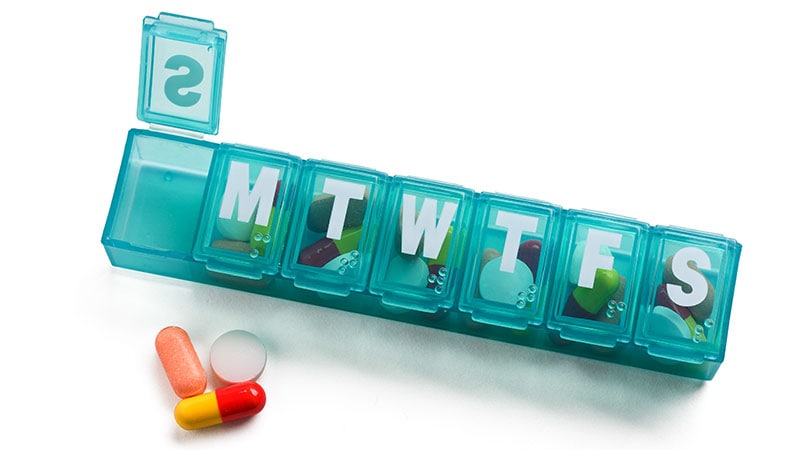Factors Affecting Primary Medication Nonadherence
מושגי ליבה
Poor medication adherence poses a significant challenge in healthcare, with primary nonadherence being a major research gap.
תקציר
The content discusses the challenges of poor medication adherence, focusing on primary nonadherence (PMN) and its predictive factors. It highlights the growth in electronic prescribing, various measures of adherence, and factors contributing to nonadherence. The study conducted in Canada to identify predictive factors of primary nonadherence is detailed, along with the rates and predictors of nonadherence observed. The article concludes by emphasizing the need for standardized terminology and measurement methods to address primary nonadherence comprehensively.
Which Factors Predict Primary Nonadherence to Medications?
סטטיסטיקה
Around 50% of patients globally do not adhere to prescribed medications.
Primary medication nonadherence (PMN) occurs when a patient does not obtain a new medication within an acceptable period after it was prescribed.
Primary nonadherence rates vary widely, from 1.9% to 75%.
ציטוטים
"The odds of primary nonadherence were higher for younger patients, those receiving care from female prescribers, and older patients prescribed more medications."
"Primary nonadherence rates were lowest for cardiovascular agents and highest for dermatological agents."
תובנות מפתח מזוקקות מ:
by Paolo Sprian... ב- www.medscape.com 09-21-2023
https://www.medscape.com/viewarticle/996671
שאלות מעמיקות
How can healthcare systems address primary nonadherence effectively?
Healthcare systems can address primary nonadherence effectively by implementing strategies such as improving communication between healthcare providers and patients, enhancing patient education on the importance of medication adherence, simplifying drug regimens, providing access to affordable medications, and utilizing technology to monitor and track medication adherence. Additionally, healthcare systems can collaborate with pharmacists to offer medication therapy management services, conduct regular follow-ups with patients to assess adherence, and involve patients in shared decision-making processes regarding their treatment plans.
What are the potential drawbacks of focusing on electronic prescribing to improve adherence?
While electronic prescribing can offer numerous benefits in improving medication adherence, there are potential drawbacks to consider. Some patients may have limited access to technology or face barriers in using electronic devices, which could hinder their ability to receive electronic prescriptions. Privacy and security concerns related to electronic health records and data breaches may also deter patients from fully engaging with electronic prescribing systems. Furthermore, reliance solely on electronic prescribing may overlook the importance of personalized patient-provider interactions in addressing individual patient needs and concerns.
How can patient education and empowerment impact primary nonadherence rates?
Patient education and empowerment play a crucial role in impacting primary nonadherence rates by increasing patients' understanding of their conditions, the importance of medication adherence, and potential consequences of nonadherence. By educating patients about their medications, including proper usage, potential side effects, and benefits, healthcare providers can empower patients to take an active role in managing their health. Patient empowerment can lead to improved self-efficacy, confidence in managing medications, and better communication with healthcare providers, ultimately reducing primary nonadherence rates. Additionally, patient education can help address misconceptions or fears patients may have about their medications, leading to increased adherence and better health outcomes.
0
